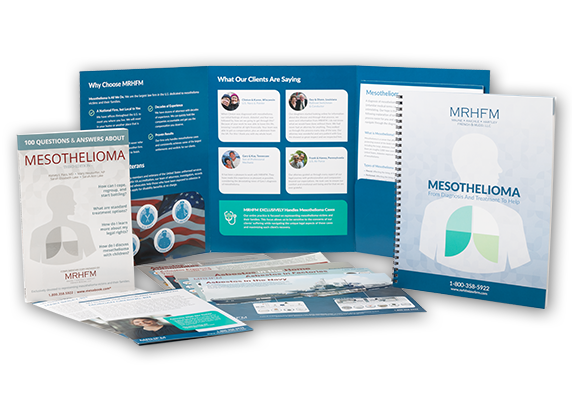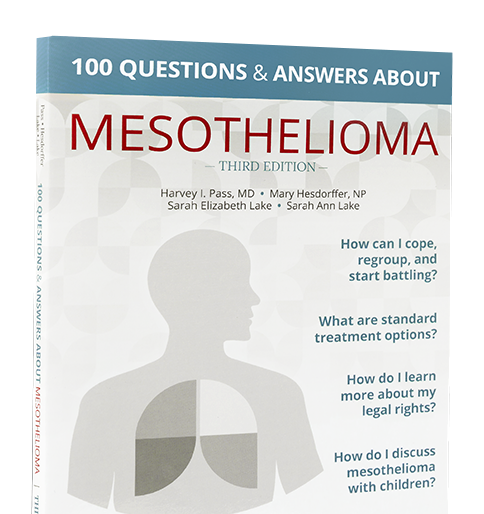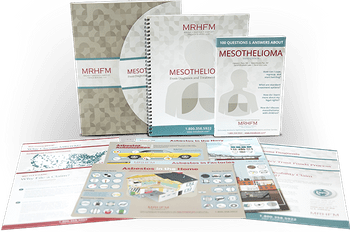Mesothelioma is not easy to diagnose. There are multiple tests that doctors may use to diagnosis mesothelioma including:
- Chest X-Rays
- Computed Tomography (CT) Scans
- PET Scans
- Pathological Evaluation
A chest x-ray may show a buildup of fluid in the lining around the lung. The doctor may order a CT scan for further evaluation. A CT scan can also determine if fluid has built up inside the lungs. Some doctors may order a PET scan. The PET scan may reveal areas where there is abnormal, perhaps cancerous, tissue.
After the CT and/or PET scan, testing of tissue or fluid may be performed to make a diagnosis.
If a biopsy is performed, a tissue sample taken from the body will be reviewed under a microscope to determine if the tumor is benign (non-cancerous) or malignant (cancerous). The tissue will often be "stained" to determine the type of cancer and examined to determine the types of cells involved (epithelial, sarcomatoid, or mixed/biphasic).
If cytology is performed, fluid samples will be taken from around the area that is being affected (lungs, heart, abdomen, testicles). The fluid samples are collected through a process known as fine needle aspiration. The doctor will use a syringe with a thin needle to take out some of the fluid in the area of the tumor. This method allows the doctors to avoid making any incisions so this procedure is less invasive and the patient can stay awake for the procedure. The fluid samples are then put on slides and "stained" with chemical dyes so the pathologist can determine if the fluid sample contains mesothelioma cells.
Once diagnosed, "stages" describe the extent of mesothelioma and determine the best course of treatment. One system of "stages" is the TNM system. This system describes the size of the tumor (T), if the lymph nodes are involved (N), and if cancer has metastasized, or spread to other areas of the body (M).
At Stage 1, the cancerous growth is generally described as being in the lining of the lungs, heart or abdomen. Stage 2 is when the mesothelioma has moved from the lining into the lymph nodes. In Stage 3 the cancer has spread into the chest wall, heart, diaphragm, or stomach. Stage 4 is the most serious stage, when the cancer has spread to organs such as the liver, pancreas or colon.



